 |
||
| 3 May 2024 | ||
|
- Upholding Clean Sports: The Role of India’s National AntiDoping Agency (NADA)
- India’s Protest Against Construction in the Shaksgam Valley
- Unveiling the High Mobility Artillery Rocket Systems (HIMARS)
- Unveiling Garo Hills: Exploring Nature, Culture, and Heritage
- Understanding Charge Sheets
- Unraveling Standard Essential Patents (SEPs): Implications and Challenges
- The Five Eyes Intelligence Alliance: Collaboration and Controversies
- Advancing Population Development: Insights into UN Commission Initiatives
- Intelligent Transportation Systems (ITS) Technology
10. Article 361 and Immunity of Presidents and Governors
Upholding Clean Sports: The Role of India’s National AntiDoping Agency (NADA)
Context;
In alignment with WADA’s Play True Day, NADA recently concluded its PlayTrue Campaign, aimed at promoting clean sports and antidoping practices nationwide.
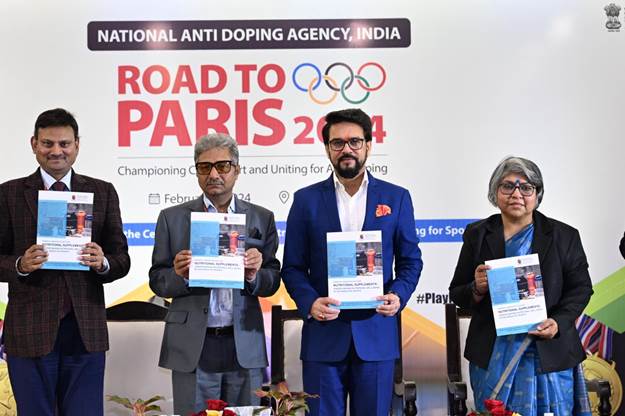
Establishment and Structure:
- Founded in November 2005 by the Government of India as a registered society under the Societies Registration Act of 1860.
- Operates autonomously under the Ministry of Youth Affairs and Sports.
- Adheres to the World AntiDoping Code (WADC) and WADA’s Prohibited List.
Core Functions:
- Dope Testing:
- Conducts both incompetition and outofcompetition testing across various sports disciplines.
- Trained Doping Control Officers (DCOs) oversee sample collection at events, ensuring adherence to international standards.
2. Education and Awareness:
- Educates athletes, coaches, and support staff on the dangers of doping through workshops and awareness programs.
3. Policy Implementation and Enforcement:
- Develops and implements antidoping policies aligned with international standards.
- Investigates and prosecutes antidoping violations in accordance with the WADA Code.
Collaboration and Support:
- Collaborates with international antidoping organizations to ensure global harmonization of antidoping efforts.
- Provides support and guidance to National Sports Federations (NSFs), State Sports Associations (SSAs), and other stakeholders in implementing effective antidoping measures.
Regulatory Measures:
- Therapeutic Use Exemptions (TUEs): Allows athletes to use prohibited substances for legitimate medical reasons, subject to approval.
- Specified Substances: Certain substances are permitted within specific dosages or routes of administration, potentially requiring a TUE.
Prohibited Substances and Methods:
Enforces strict regulations against substances and methods including anabolic agents, peptide hormones, beta2 agonists, hormone and metabolic modulators, diuretics, stimulants, narcotics, cannabinoids, glucocorticoids, beta blockers, blood doping, and gene doping.
India’s Protest Against Construction in the Shaksgam Valley
Overview:
India has expressed strong opposition to China’s construction activities in the Shaksgam Valley, alleging them to be unlawful attempts to alter the ground situation in the region.
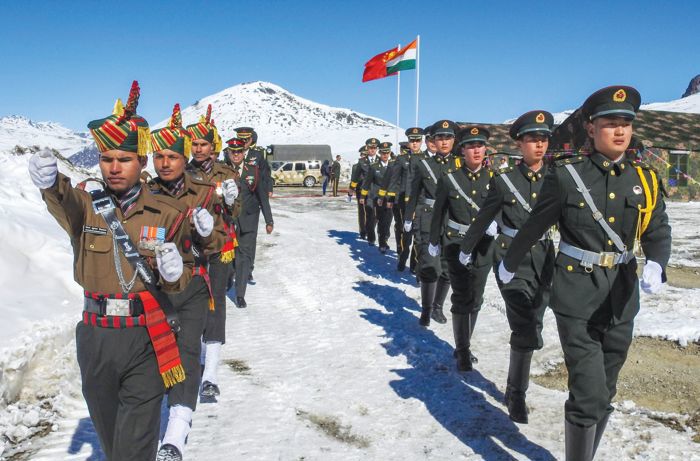
About the Shaksgam Valley:
- Geographic Location: Situated within the HunzaGilgit area of PakistanOccupied Kashmir (POK), the Shaksgam Valley is a disputed territory claimed by India but controlled by Pakistan.
- Bordering Regions: It shares borders with Xinjiang Province of the People’s Republic of China (PRC) to the north, the Northern Areas of POK to the south and west, and the Siachen Glacier region to the east.
- Historical Context: Ceded to China by Pakistan in 1963 under a boundary agreement, with provisions for renegotiation pending resolution of the Kashmir dispute between Pakistan and India.
- Infrastructure Development: The boundary agreement also facilitated the construction of the Karakoram Highway, a collaborative effort between Chinese and Pakistani engineers during the 1970s.
Unveiling the High Mobility Artillery Rocket Systems (HIMARS)
Introduction;
Amidst the backdrop of increased military aid for Ukraine sanctioned by the United States, recent footage released by the Russian government purportedly showcases the targeting of two Ukrainian High Mobility Artillery Rocket Systems (HIMARS).
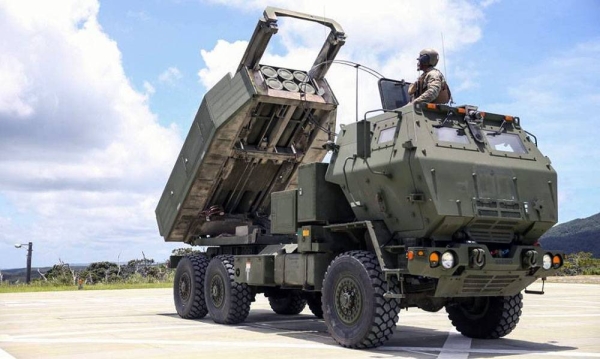
High Mobility Artillery Rocket Systems (HIMARS) in Detail:
- Manufactured by Lockheed Martin Corporation, HIMARS serves as a versatile, lightweight multirocket launcher system, intended for diverse combat scenarios.
- Capable of engaging and neutralizing a range of targets including artillery, air defense concentrations, light armor, trucks, personnel carriers, and providing vital support to troop and supply concentrations.
Key Features:
- Mounted on a 5ton Family of Medium Tactical Vehicles (FMTV), HIMARS boasts airtransportability and mobility.
- Flexible payload options: It can carry either a launcher pod containing six rockets or one MGM140 Army Tactical Missile System (ATACMS) with an impressive range of 300 km (186 miles).
- Swift deployment: HIMARS can be prepared for firing in under 20 seconds, and a full load of six rockets can be discharged within 45 seconds.
- Tactical advantage: After firing, the system rapidly relocates to evade detection by hostile forces, enhancing survivability.
- Enhanced crew protection: Equipped with the Increased Crew Protection cabin, safeguarding the threeman operating crew from various threats including plume gases, rocket launch debris, and small arms fire.
Unveiling Garo Hills: Exploring Nature, Culture, and Heritage
Overview;
In a significant discovery, the Geological Survey of India (GSI) recently unearthed ancient fossils dating back 3540 million years in Tolegre, South Garo Hills, Meghalaya.

Insights into Garo Hills:
- Geographic Overview:
- Covering an area of 8,000 sq km, Garo Hills forms the western portion of Meghalaya State.
- The region is characterized by its lush greenery and is part of the Meghalaya subtropical forests ecoregion.
- Situated near the IndoBangladesh border, Garo Hills is a segment of the Patkai hill range, extending into IndoMyanmar borders.
- Known for its high rainfall, the area is intersected by tributaries of the Brahmaputra River.
2. Administrative Divisions:
- Garo Hills comprises five districts: North Garo Hills, East Garo Hills, West Garo Hills, South Garo Hills, and SouthWest Garo Hills.
- The region is predominantly inhabited by the Garo tribe.
Garo Tribe and Culture:
1. Cultural Identity:
- The Garo people, also known as Achikmande, constitute the second largest ethnic group in Meghalaya.
- They maintain a unique matrilineal social structure, distinguishing them from other tribes.
- The Wangala festival, a harvest celebration, holds cultural significance and is primarily celebrated by adherents of the traditional animistic Songsarek religion.
2. Spiritual Beliefs and Sacred Sites:
- Balpakram valley, nestled between the Arabella and Tura mountain ranges, holds sacred importance for the Garo community.
- According to Garo beliefs, it serves as a resting place for departed spirits.
- Nokrek Peak, the highest point in Garo Hills, is enveloped in dense forests, emphasizing the region’s rich natural heritage.
Preservation Efforts and Recognition:
1. Ecological Conservation:
- Nokrek National Park, home to diverse flora and fauna, safeguards the region’s ecological wealth.
- Recognized as a biosphere reserve by UNESCO in 2009, the park underscores the conservation efforts in Garo Hills.
Overview:
The Supreme Court recently emphasized the importance of charge sheets being meticulously detailed to facilitate the court’s comprehension of the crimes committed and the accompanying evidence.
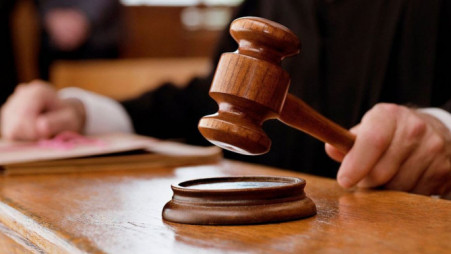
About Charge Sheets:
- A charge sheet, filed under Section 173 of the Code of Criminal Procedure (CrPC), serves as a final report by investigating officers or police officials upon concluding their investigation in a cognizable or noncognizable case.
- It encompasses records from the initiation of the investigation, including the lodging of an FIR, to its completion and the preparation of the final report.
- Upon submission to a court of law, prosecution proceedings against the accused commence, as prescribed by the state government.
Contents of a Charge Sheet:
- As per Section 173(2)(i) of the CrPC, a charge sheet must include:
- The names of the parties involved.
- Details regarding the nature of the information.
- Names of individuals acquainted with the events.
- Description of the offence committed and by whom.
- Information on the arrest, release, and custody status of the accused under Section 170.
Benefits of Charge Sheets:
- Compilation of statements from the accused and witnesses.
- Initiates the criminal trial process.
- Specifies the charges against the accused for court proceedings.
- Aids the accused in seeking bail, providing clarity on the alleged offences.
Time Limit for Filing a Charge Sheet:
- Charge sheets must be filed within 60 days from the arrest date in cases triable by lower courts and within 90 days for cases triable by Court of Sessions.
- Failure to meet this deadline entitles the accused to default bail.
Compulsory Filing of Charge Sheets:
- Police officials are mandated to file charge sheets for cognizable offences either independently or as per court orders postFIR filing.
- However, for noncognizable offences, charge sheet filing is discretionary unless courtdirected investigation is underway.
Understanding Cognizable Offences:
- Cognizable offences allow police stations to investigate without magistrate orders and effect arrests without warrants.
- Immediate action is taken upon receipt of complaints or credible information, leading to offender apprehension and court arraignment.
- Conversely, noncognizable offences necessitate magistrate orders for police investigation.
Unraveling Standard Essential Patents (SEPs): Implications and Challenges
Context;
Amidst recent developments in India’s technology landscape, concerns have surfaced regarding the utilization of ‘standard essential patents’ (SEPs) and their potential impact on the nation’s telecom manufacturing sector.
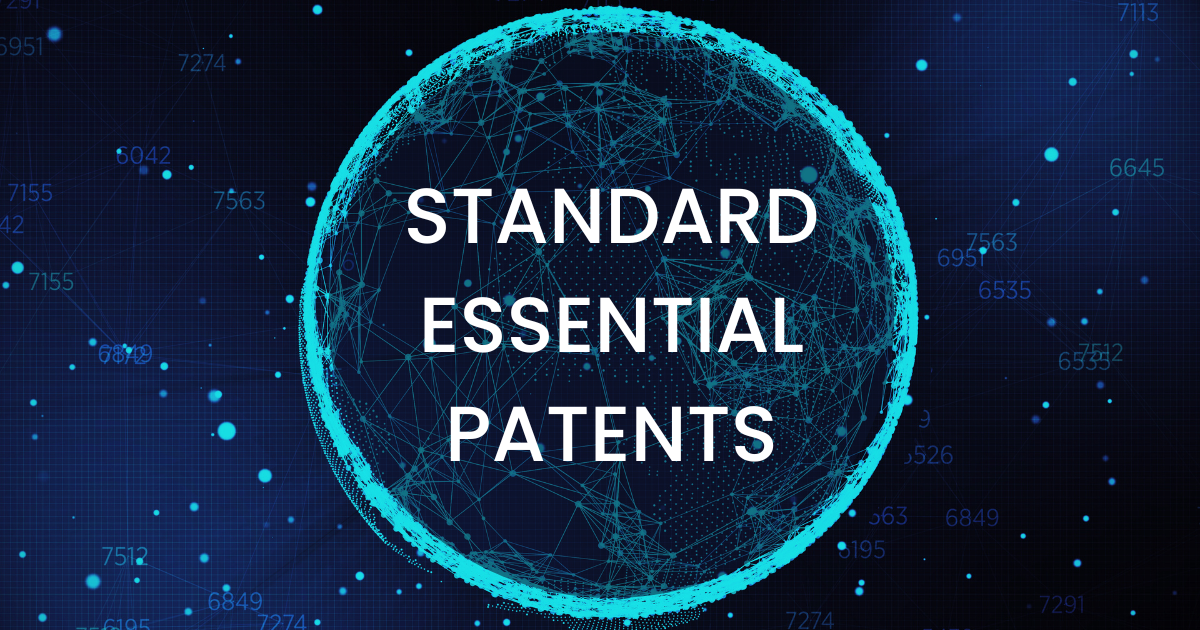
Understanding Standard Essential Patents (SEPs):
1. Definition and Importance:
- SEPs encompass patents crucial for implementing and operating specific standards, vital for technological advancement and interoperability.
2. Definition of Standards:
- Standards are sets of technical requirements ensuring compatibility and interaction among various technologies, products, or services, adopted globally, regionally, or nationally.
Role of Standard Setting Organizations (SSOs):
1. Facilitating Standardization:
- SSOs, governmental or private entities, orchestrate the development, coordination, and maintenance of standards, fostering collaboration among industry stakeholders.
2. Adoption of SEPs:
- Patents recognized by SSOs as essential to a standard are designated as SEPs, necessitating licenses for manufacturers to produce standardcompliant goods.
Significance of SEPs:
1. Monopolistic Influence:
- SEPs grant holders monopolistic control over patented technology, rendering compliance with standards contingent upon licensing agreements.
2. Impact on Industry:
- Industries reliant on standardization, particularly telecommunications, witness widespread integration of SEPs to ensure interoperability among devices.
Challenges and Concerns:
1. Antitrust Implications:
- The dominance of SEPs in certain industries raises concerns regarding monopolistic practices and potential antitrust violations.
2. Licensing Complexity:
- The intricate licensing process for SEPs presents challenges for manufacturers, impacting market accessibility and innovation.
Conclusion:
SEPs serve as both enablers of technological progress and sources of contention, underscoring the need for balanced regulation to promote innovation while addressing concerns of market dominance and equitable access.
The Five Eyes Intelligence Alliance: Collaboration and Controversies
Overview:
Recent allegations of espionage against India by four member countries of the Five Eyes intelligence alliance have sparked controversy, with India vehemently denying the accusations.

Understanding the Five Eyes Intelligencesharing Network:
1. Composition and Participants:
- Comprising over 20 agencies from five Englishspeaking nations — Australia, Canada, New Zealand, the United Kingdom, and the United States.
- Functions as both a surveillancebased and signals intelligence (SIGINT) network.
2. Historical Roots:
- Originated from the 1946 UKUSA Agreement, initially focused on cooperative signals intelligence sharing.
3. Evolution and Expansion:
- Over time, the alliance has broadened its scope, becoming integral to global intelligence and security operations.
- Initially centered on communication intelligence, it encompasses various areas such as traffic analysis, cryptanalysis, and acquisition of communicationrelated information.
Controversies and Allegations:
1. Recent Accusations against India:
- Four member countries accused India of engaging in espionage activities, a claim that India refutes.
2. Classification and Secrecy:
- Intelligence documents shared among member countries are labeled ‘Secret—AUS/CAN/NZ/UK/US Eyes Only,’ highlighting the exclusivity and secrecy of the alliance.
3. Expansion and Partnerships:
- Originally limited to the five founding nations, the alliance later extended to include ‘second party’ countries such as Canada, Australia, and New Zealand.
Conclusion:
The Five Eyes intelligence alliance stands as a testament to international cooperation in intelligence sharing, yet recent controversies underscore the challenges and complexities inherent in such collaborative efforts. As the alliance continues to evolve, it remains essential to balance the imperatives of national security with the principles of transparency and accountability.
Advancing Population Development: Insights into UN Commission Initiatives
Introduction;
Amidst the 57th Session of the Commission on Population and Development (CPD57), the collaboration between the Permanent Mission of India to the United Nations, the Ministry of Panchayati Raj, and the United Nations Population Fund brings forth an event titled “Localizing the SDGs: Women in Local Governance in India Lead the Way.”

Understanding the Commission on Population and Development:
1. Founding and Mandate:
- Established in 1946 by the Economic and Social Council (ECOSOC) and renamed by the General Assembly in 1994, the commission plays a crucial role in overseeing population and development initiatives.
2. Membership and Term:
- Comprising 47 member countries, elected by ECOSOC for fouryear terms based on geographical representation.
3. Intergovernmental Mechanism:
- Structured as a threetiered intergovernmental body, it facilitates the implementation of action plans at national, regional, and international levels, offering advisory recommendations to the Council.
Evolution of Commission Meetings:
- Originally convened every two to three years, the commission transitioned to annual meetings post1994, ensuring consistent engagement and progress.
Exploring the United Nations Population Fund (UNFPA):
1. Establishment and Focus:
- Founded in 1968 to support projects in population, sexual, and reproductive health, UNFPA later expanded its scope to encompass broader development goals.
2. Official Renaming:
- Renamed as the United Nations Population Fund in 1987, while retaining its original abbreviation, UNFPA, signifying its commitment to population activities.
3. Role in Statistical Support:
- While not directly involved in primary statistical collection, UNFPA plays a pivotal role in providing technical and financial assistance for statistical activities, including population censuses and thematic surveys.
Conclusion;
The collaborative efforts of the UN Commission on Population and Development, along with the United Nations Population Fund, exemplify a commitment to advancing global population development goals and fostering sustainable progress.
Intelligent Transportation Systems (ITS) Technology
Context;
The recent transfer of CDAC Thiruvananthapuram’s thermal camera technologies to M/s Aditya Infotech (CP Plus) under the InTranSE Program of MeitY highlights significant progress in the field of intelligent transportation systems (ITS).

Defining ITS:
1. Overview:
- ITS encompasses a suite of innovative services designed to optimize transport and traffic management for enhanced safety and efficiency.
2. EU Directive:
- The European Union defines ITS as the integration of information and communication technologies in road transport, infrastructure, vehicles, and traffic management with the aim of improving overall mobility.
Motivation and Homeland Security:
1. Governmental Focus:
- Increasing emphasis on homeland security has driven governmental interest and investment in ITS technologies.
2. Surveillance Imperative:
- ITS capabilities are crucial for the surveillance of roadways, prioritized for homeland security purposes.
3. Crisis Management:
- ITS infrastructure plays a vital role in facilitating rapid mass evacuation postcrisis events.
Technological Landscape:
1. Core Technologies:
- ITS comprises diverse technologies including car navigation, traffic signal control, and automatic incident detection.
2. Communication Methods:
- Wireless communication protocols such as IEEE 802.
- 11p and DSRC are integral for facilitating shortrange and longrange communication.
3. Advancements:
- Ongoing advancements in vehicle electronics enable the development of sophisticated applications, including those leveraging artificial intelligence.
Data Collection and Sensing Technologies:
1. Data Gathering Methods:
- Various methods such as triangulation, GPSbased monitoring, and smartphonebased data collection are utilized for traffic data acquisition.
2. Sensing Technologies:
- Sensing technologies like inductive loop detection, video vehicle detection, and Bluetooth detection offer diverse capabilities for traffic monitoring and analysis.
Applications of ITS:
1. Emergency Services:
- Systems like eCall provide critical assistance during emergencies by notifying emergency services of accidents.
2. Enforcement Mechanisms:
- Automatic road enforcement systems, including traffic enforcement cameras, enhance safety by monitoring speed, red light, and lane violations.
3. Safety Measures:
- Variable speed limits and collision avoidance systems contribute significantly to enhancing road safety.
4. Cooperative Systems:
- Cooperative systems facilitate seamless communication between vehicles, infrastructure, and servers to promote safety and efficiency.
ITS in the Connected World and Smart Transportation:
1. Integration with Mobility Models:
- Emerging mobility models such as bike sharing and car sharing are seamlessly integrated with ITS, enhancing overall transportation efficiency.
2. Role of Mobile Operators:
- Mobile operators play a pivotal role in providing connectivity and digital services essential for the functioning of ITS.
3. Payment Platforms:
- Flexible payments and billing platforms accommodate various mobility models, enhancing customer experience and accessibility.
Regional Perspectives:
1. European Initiatives:
- Organizations like the Network of National ITS Associations and ERTICO promote the development and deployment of ITS across Europe.
2. US Conferences:
- Annual conferences hosted by state ITS chapters in the US serve as platforms to showcase technological advancements.
3. Latin American Implementations:
- Latin American cities, such as Colombia, are implementing ITS to improve service quality and efficiency in transportation systems.
Article 361 and Immunity of Presidents and Governors
Context:
Amid a sexual harassment complaint against West Bengal Governor C V Ananda Bose in Kolkata, Constitutional provisions prevent naming him as an accused or initiating an investigation.
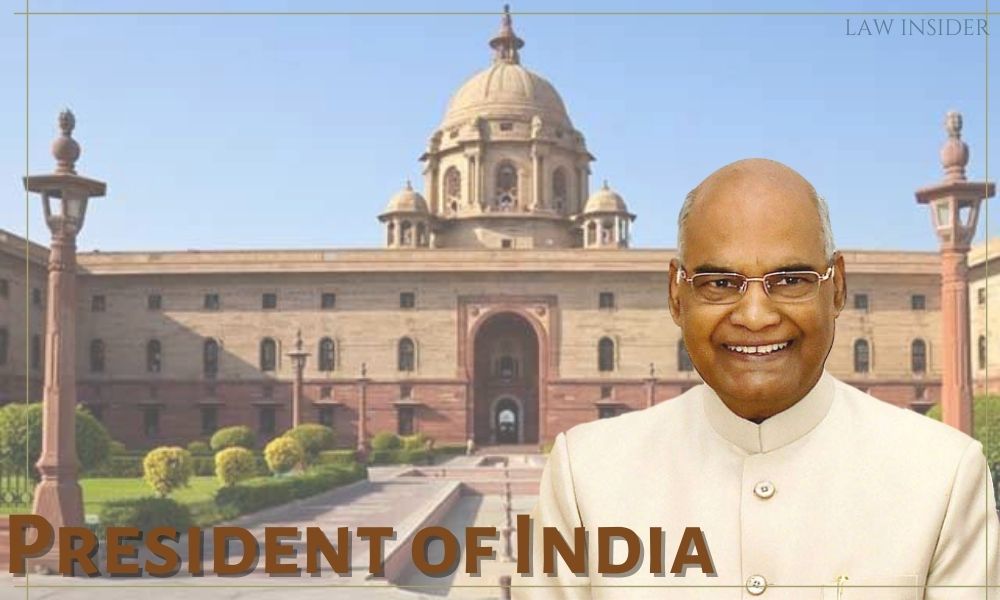
Understanding Article 361 of the Constitution:
Immunity Provision:
- Article 361 bestows immunity upon the President and Governors from prosecution while holding office.
- It stipulates that they are not accountable to any court for the exercise of their powers and duties.
Key Subclauses:
Suspension of Criminal Proceedings:
- Criminal proceedings cannot be initiated or pursued against the President or Governors during their tenure.
Bar on Arrest or Imprisonment:
- No process for arrest or imprisonment can be issued against them while they are in office.
Precedents and Practical Application:
Historical Instances:
- There are instances where criminal actions were halted until the Governor’s term concluded.
- For example, in 2017, the Supreme Court permitted charges against BJP leaders but exempted the then Governor of Rajasthan, Kalyan Singh.
- Similarly, in 2017, Meghalaya Governor V Shanmuganathan resigned following allegations of sexual harassment.
- In 2009, Andhra Pradesh Governor N D Tiwari resigned amid a sex scandal.
Protection of Presidents and Governors – Insights into Article 361:
1. Departure from Equality Principle:
- Article 361 deviates from the Fundamental Right to Equality enshrined in Article 14.
2. Immunity Grant:
- It provides a shield to the President and Governors from legal actions during their tenure.
3. Limitation on Answerability:
- They are not personally liable to any court for their official actions.
4. Oversight Scope:
- While immunity is granted, the conduct of these officials can be scrutinized by designated bodies appointed under Article 61.
5. Restriction on Criminal Proceedings:
- Courts are barred from initiating or continuing criminal proceedings against the President or Governors during their incumbency.
6. Prohibition on Arrest:
- Courts are prohibited from issuing arrest warrants for them during their tenure.
7. Civil Proceedings Protocol:
- Civil proceedings against them for actions in their personal capacity necessitate a twomonth prior notice period.

